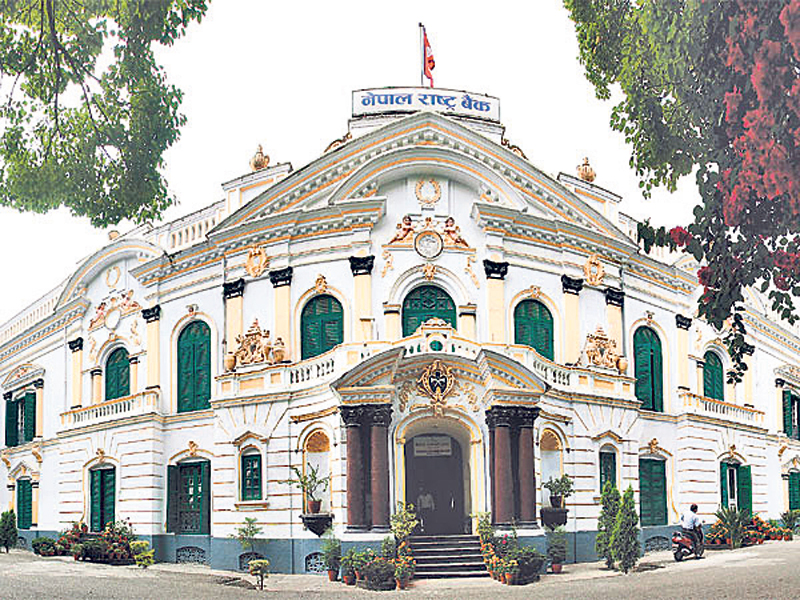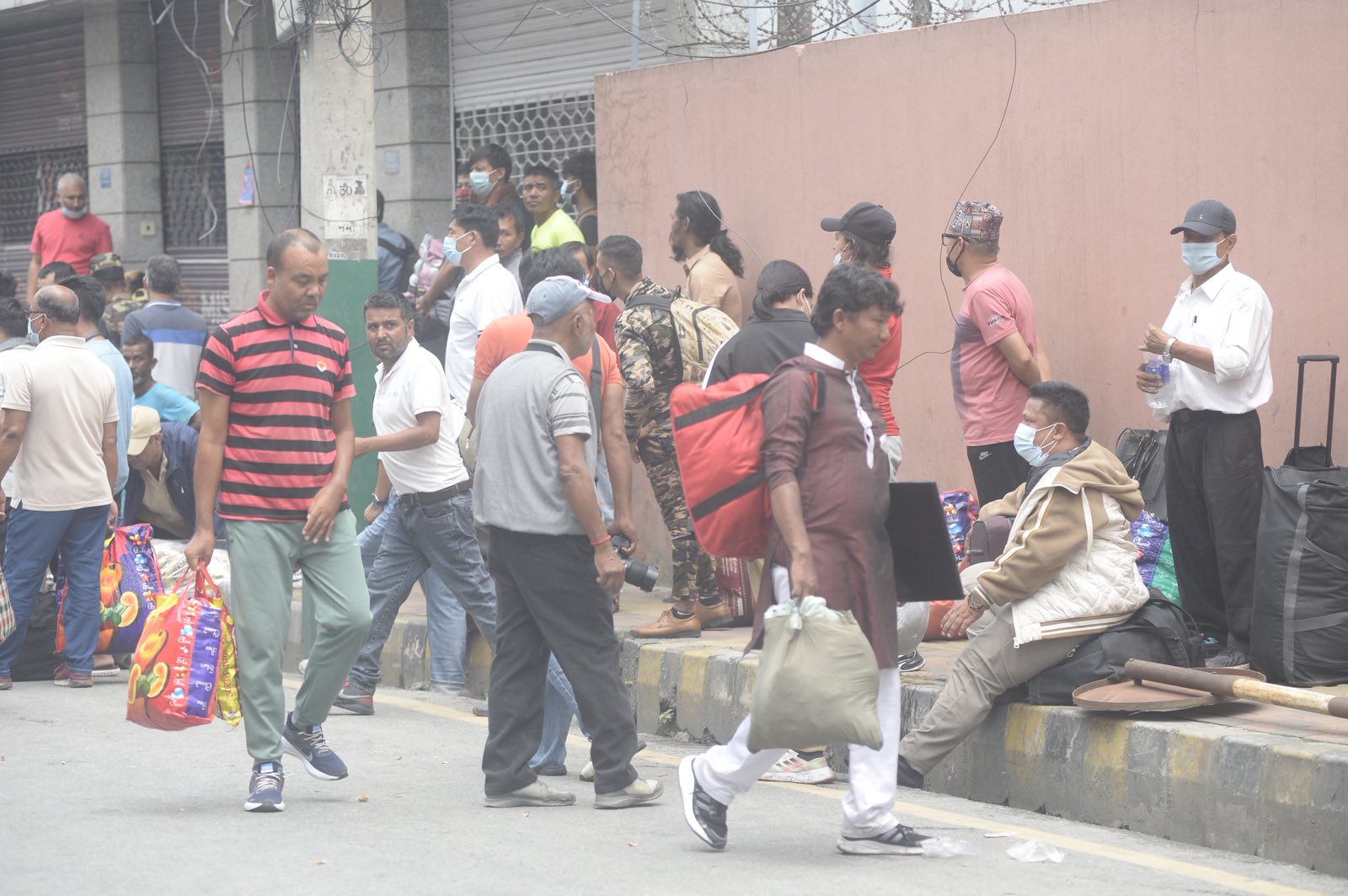Connectivity is the backbone of socio-economic development. It facilitates access to essential services such as healthcare, education, markets, and administrative support, thus forming the basis for inclusive and sustainable development. Yet in Nepal—a landlocked and predominantly mountainous country—transportation infrastructure remains a critical bottleneck. With a road network totaling roughly 28,000 kilometers, the country trails behind many of its South Asian neighbors in terms of infrastructure density, quality, and resilience.
Despite recent progress, Nepal’s transportation network is challenged by both geography and governance. While the country operates multiple international airports and four major domestic aviation hubs, many of its 26 domestic airports function inconsistently due to adverse weather conditions, inadequate maintenance, and low passenger traffic. These limitations are especially pronounced in remote regions such as Humla, Nepal’s second-largest district by area but among the most underdeveloped in terms of socio-economic indicators.
The Challenge of Isolation
Located in the northwestern part of Karnali Province, Humla remains cut off from Nepal’s national road network. Its rugged topography and high-altitude terrain pose severe challenges for infrastructural development. Simikot, the district headquarters, hosts a domestic airport and currently serves as the only accessible entry point by air. On the ground, Humla’s internal road system is underdeveloped and not all-weather capable, forcing rural residents to rely on traditional transport methods—mules, yaks, goats, and human porters—for mobility and goods transportation.
This isolation translates directly into poverty and underdevelopment. Humla faces severe constraints in healthcare delivery, educational access, trade, and food security. Markets remain distant and unprofitable due to exorbitant transportation costs. Locally produced goods such as medicinal herbs and artisanal crafts rarely find external markets. The result is a development impasse, where the region’s economic potential remains unrealized and residents are trapped in a cycle of poverty.
The consequences of poor connectivity became tragically evident in May 2025, when a landslide and flood triggered by a glacial lake outburst above Tilgaun in Namkha Rural Municipality displaced eighteen families. Five wooden bridges were washed away, and access to the area was completely cut off. Due to the absence of reliable transportation infrastructure, news of the disaster reached authorities only after several days, and government support could not be mobilized swiftly. Security personnel arrived on the scene three days after the incident, underlining how infrastructural isolation directly endangers lives. This is not an isolated event, and without substantial improvement in connectivity, such tragedies may recur in the future.
The Karnali Corridor: A Game Changer?
Recognizing the need for strategic intervention, the Nepali Army is spearheading the construction of the Karnali Corridor, a 256-kilometer road designed to link Humla to the national transportation network. The first phase—comprising a 107-kilometer stretch from Hilsa near the Chinese border to Simikot—was completed in 2019. Once fully operational, the corridor is expected to significantly reduce travel time and costs, opening up access to vital services and economic opportunities.
The Karnali Corridor promises to be more than just a road; it represents a lifeline for Humla. By improving access to markets, education, and healthcare, the corridor has the potential to stimulate local entrepreneurship, enhance agricultural productivity, and expand tourism. It can also facilitate the flow of goods and services across the border with China, bringing Humla into a broader geopolitical and economic orbit.
Revised interest rate corridor system introduced

However, this development is not without costs. Road construction in mountainous terrain can trigger soil erosion, landslides, deforestation, and loss of biodiversity. Moreover, indiscriminate development threatens the fragile cultural and ecological fabric of the region. As such, it is imperative that infrastructure projects in Humla incorporate environmental sustainability, indigenous knowledge, and cultural sensitivity into their planning and implementation processes.
Infrastructure and the Political Economy of Development
The push for infrastructure development in Humla cannot be viewed in isolation from broader questions of political economy. Infrastructure investment decisions are not merely technical exercises—they are political choices that reflect power dynamics, resource allocation priorities, and governance capacities.
For decades, Nepal’s development strategy has been heavily Kathmandu-centric, leading to the marginalization of far-flung districts like Humla. The Karnali Corridor represents a partial reversal of this trend. It is a manifestation of Nepal’s evolving federal governance structure, where provincial governments and decentralized authorities now play more prominent roles in shaping local development agendas.
Still, the financing, execution, and maintenance of infrastructure projects like the Karnali Corridor are fraught with challenges. Corruption, bureaucratic inertia, land acquisition disputes, and a lack of local participation often hamper project efficiency and equity. Therefore, genuine decentralization—backed by transparent governance and strong local institutions—is crucial for ensuring that such projects deliver lasting benefits to communities.
Geopolitical Dimensions: Between China and India
Humla’s strategic location near the border with Tibet, China, adds a geopolitical dimension to its infrastructural development. Nepal’s northern frontier has increasingly drawn attention due to China’s ambitious Belt and Road Initiative (BRI). In 2017, Nepal signed a memorandum of understanding with China to join the BRI, opening the door to a range of infrastructure investments including roads, railways, and energy projects.
For Beijing, the extension of road networks to Nepal’s northern districts like Humla could enhance trade, tourism, and political influence. The Hilsa-Simikot stretch of the Karnali Corridor, in particular, has the potential to serve as a cross-border conduit for Chinese goods and tourists, positioning Humla as a nodal point in China’s outreach to South Asia.
India, meanwhile, remains wary of China’s growing footprint in Nepal. As Nepal’s largest trading partner and a traditional development ally, India continues to invest in southern infrastructure corridors, rail linkages, and energy projects. India’s emphasis has historically been on the Terai region—Nepal’s southern plains—where connectivity aligns with mutual economic interests and cultural affinities.
Thus, infrastructure development in Nepal is increasingly shaped by a geopolitical balancing act between China and India. For Nepal, this presents both opportunities and risks. On the one hand, competition between its two powerful neighbors could generate much-needed investment. On the other, it could entangle Nepal in strategic rivalries that may compromise its sovereignty or development autonomy. The challenge for Nepal is to navigate this terrain diplomatically while ensuring that foreign investments align with national priorities and community needs.
Toward Sustainable and Inclusive Development
The promise of infrastructure in Humla—and indeed in Nepal as a whole—lies not just in physical connectivity, but in its capacity to empower people and transform lives. However, for infrastructure to catalyze sustainable development, it must be part of a broader socio-economic strategy that includes:
• Investment in human capital through education and healthcare.
• Promotion of local industries such as medicinal herb farming, eco-tourism, and handicrafts.
• Preservation of indigenous knowledge systems, including traditional architecture, farming practices, and communal decision-making.
• Strengthening of local governance to ensure accountability and community participation in development projects.
• Environmental safeguards that mitigate ecological damage and ensure resilience in the face of climate change.
Development must also be inclusive, addressing the needs of women, marginalized castes, and ethnic minorities who often bear the brunt of exclusion. Infrastructure that ignores social equity risks reinforcing existing disparities.
Conclusion
Humla’s journey toward sustainable transportation infrastructure is emblematic of Nepal’s broader development challenges and aspirations. The Karnali Corridor is a promising start, but it must be embedded in a comprehensive, people-centered, and environmentally sound development framework. As Nepal maneuvers through the intricate web of domestic priorities and international relations, it must ensure that infrastructure investments do not merely pave roads but lay the foundations for dignity, opportunity, and resilience in its most remote regions.
Ultimately, roads alone cannot bring prosperity. They must be accompanied by thoughtful policies, inclusive governance, and strategic vision. Only then can Humla—and regions like it—truly connect with the rest of the country and realize their full potential in Nepal’s journey toward equitable development.







_20210727130921.jpg)



























